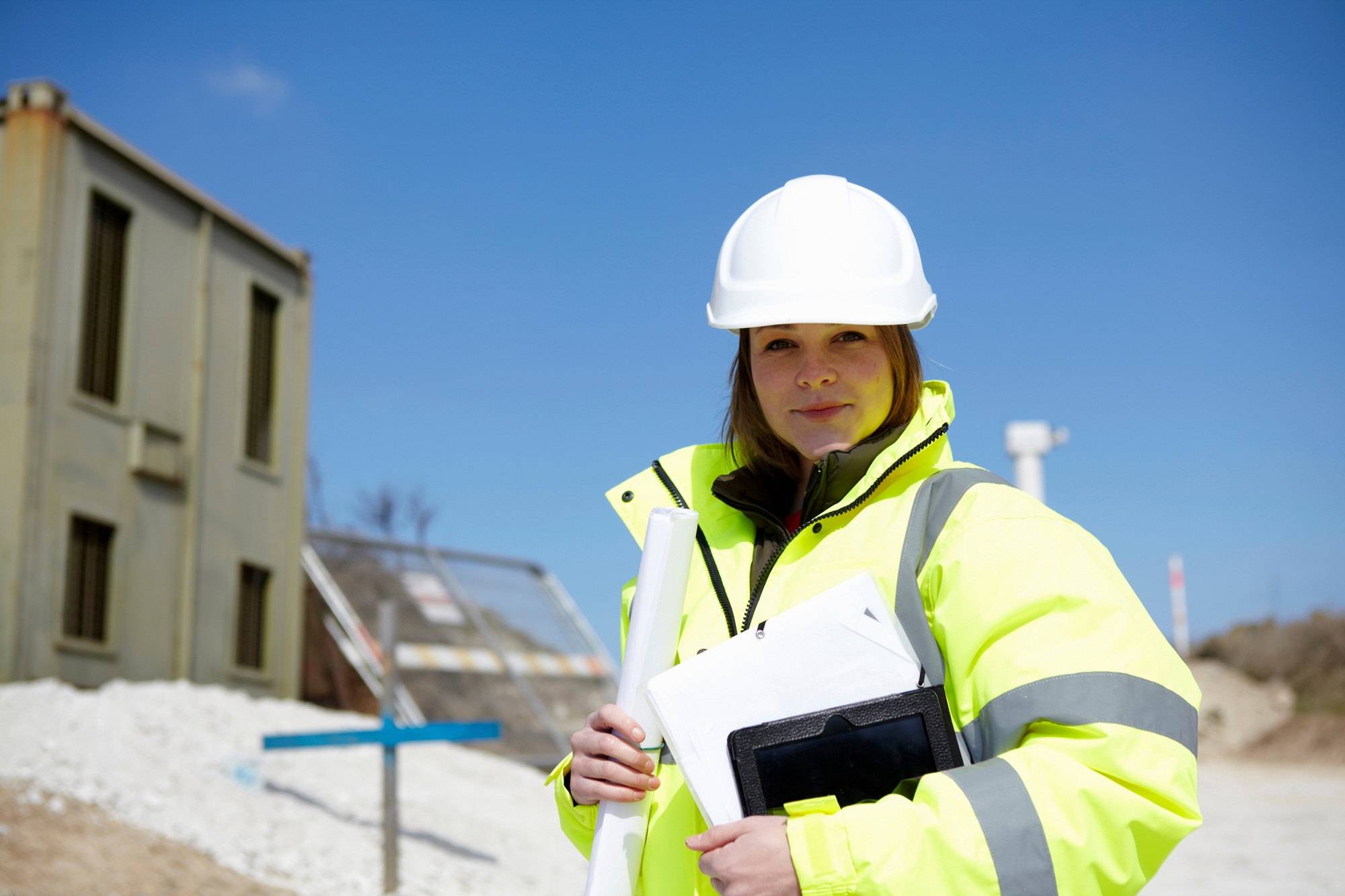
PPE is designed to protect you; however, incorrect or ill-fitting PPE or workwear can put the wearer at greater risk. Improper PPE can be uncomfortable, restrict movement and cause rashes or sores. It can also cause severe injuries from heavy equipment, exposure to burns, cuts from sharp edges and abrasions from rough material.
Hard hats, safety glasses and Hi-Vis clothing are among the most commonly used PPE across several industries; and are also primarily purchased in either unisex or male sizing. However, with recent shifts and more and more females entering these industries, the way companies procure PPE hasn’t seemed to catch up with this trend.
So why is it that ladies-specific workwear and PPE are often overlooked? After all, studies show that these high-quality clothes not only protect from injury but can also boost confidence and improve employee morale, “clothes can have profound and systematic psychological and behavioural consequences for their wearers” – The British Psychology Society.
This article examines how to ensure specific PPE suits all staff members.
Do women need different PPE than men?
Women have their own daily clothing, so why would it be any different for workwear or PPE? Women’s body features are not the same as men’s; therefore, clothing designed for men in mind might not be the right or comfortable fit for a woman. Depending on preference, some women might prefer a male fit for their workwear; hence, the importance of asking staff about their preferences and offering a variety of options that do not compromise safety.
One of the most prominent examples of this was during the early stages of the COVID-19 pandemic, when several female nurses and doctors struggled to find the correct fitting protective equipment, resulting in bruises, redness and reduced overall safety.
What industries are women most likely affected by ill-fitting PPE?
Any industry requiring protective equipment can pose some level of risk; however, if the equipment wasn’t designed for the end-user, the risk can be amplified. Therefore, women working in the automotive, electrical, mechanical, construction and medical industries can be at a higher risk.
Focusing on the construction and medical industry, here are some examples of that risk:
Construction:
Construction workers, in particular, need to be especially cautious, as they will encounter all sorts of dangers working outside. For example, safety gloves designed for men but used by women might be too big and, therefore, don’t offer the adequate grip they should, or glasses too large can leave gaps making the wearer vulnerable to debris.
Medical:
After the Covid-19 response, more insight into the discrepancies between female and male PPE came to light. For example, women using face masks and gloves that are not their size or wearing too-big PPE are at a greater risk of having an accident.
According to an article by the British Journal of Anaesthesia “Although the majority of healthcare staff in the UK are female, they work within structurally biased healthcare systems and are provided with respiratory PPE designed for males.”
How to ensure PPE and workwear are protecting females correctly?
According to an article by Fatin Izagaren, “PPE is too often neither personal nor protective for women.” Therefore, it’s essential to ensure that all protective equipment is suitable for your employee’s height, weight, gender and any other factors. You don’t want any of your staff putting themselves at risk because they find their PPE uncomfortable.
There are plenty of women-specific items available in a range of sizes. While you may assume something will fit a female employee, there is no guaranteed benefit to ordering unisex clothing and hoping it will be appropriate for everyone.
How do I procure female-specific clothing and PPE?
As discussed, not providing female employees with safety gear designed for women can significantly increase their risk. Some companies cater workwear and PPE specifically for women, but many more will provide men’s items as unisex and expect them to fit. Unfortunately, this doesn’t mean they will be a correct fit for either gender.
Additionally, even if a female wearer prefers men’s or unisex clothing, it is important that the items are fitted adequately to provide the right comfort and safety.
A few ways to find female-specific clothing and PPE:
- Get in touch with your supplier to learn more about the specific offerings, or look for suppliers who make female clothing a priority.
- Speak to specialists for advice on what clothing would be best suited for your workforce, depending on your industry and job site conditions.
- Look through catalogues of PPE and workwear tailored to individuals.
Even if your budget is tight, it’s important not to undervalue proper clothing and equipment. As Jerry Smith said, “safety isn’t expensive; it’s priceless”.
How can Stronghold Global help?
We have a vast range of PPE and workwear suitable for the male and female workforce. Whether it’s maternity trousers, menopausal clothes, modesty tops, women’s safety boots or Hi-Vis clothing, we have it all. In addition, we also provide on-site Face Fit Testing to ensure your staff have properly fitted masks. Our trained and qualified specialists carry out the practical assessments required for Face Fit Testing.
Our assessors have BSIF Fit2Fit accreditation and closely follow HSE protocols and guidelines around COSHH, CLaW and CAW. You can learn more about Face Fit Testing here.
Get in touch with us at 0845 208 4500 to speak to one of our specialists who can answer any of your questions, schedule a Face Fit Testing, and help you find the correct PPE and/or workwear for the women in your workforce.





![stronghold global logo[94]](https://www.strongholdglobal.com/wp-content/uploads/2022/03/Stronghold-Global-Logo94.png)




